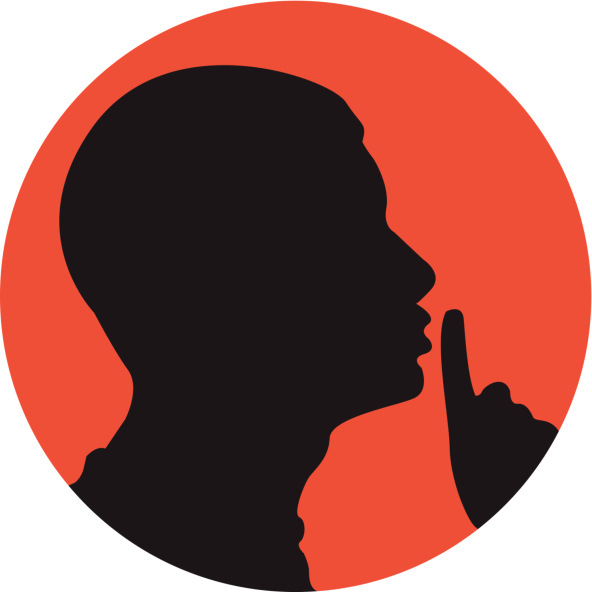The CIA and FBI do it.
Charles Darwin started it.
“It” being the art of facial coding, the insights and reads taken from an individual’s expressions and body language. Of the two modes of translation, our super spies admit to preferring the face, above all. It’s here where our emotions truly show what we’re thinking – and feeling.
Do we as communicators and other like professionals use it? Except for executive coaches, not so much. We’re often so busy with words and meetings and presentations and pitches that we forget to counsel leaders on how they say what they say. Sure, a good speechwriter does act as an adviser, helping his or her client maximize the speech/presentation’s impact.
On the other hand …
Because human beings boast more facial muscles than other species; because there are universal expressions, whether blind or sighted; and because a true smile is easy to recognize, we need to pay attention to the ways our senior-most executives communicate facially. Besides, people are willing to pay three times as much for products and services sold by a smiling versus an angry spokesperson.
Numbers and stats aside, it’ll all about authenticity, in language and tone and style and expressions.
Anyone for lessons from a Deep Throat?




